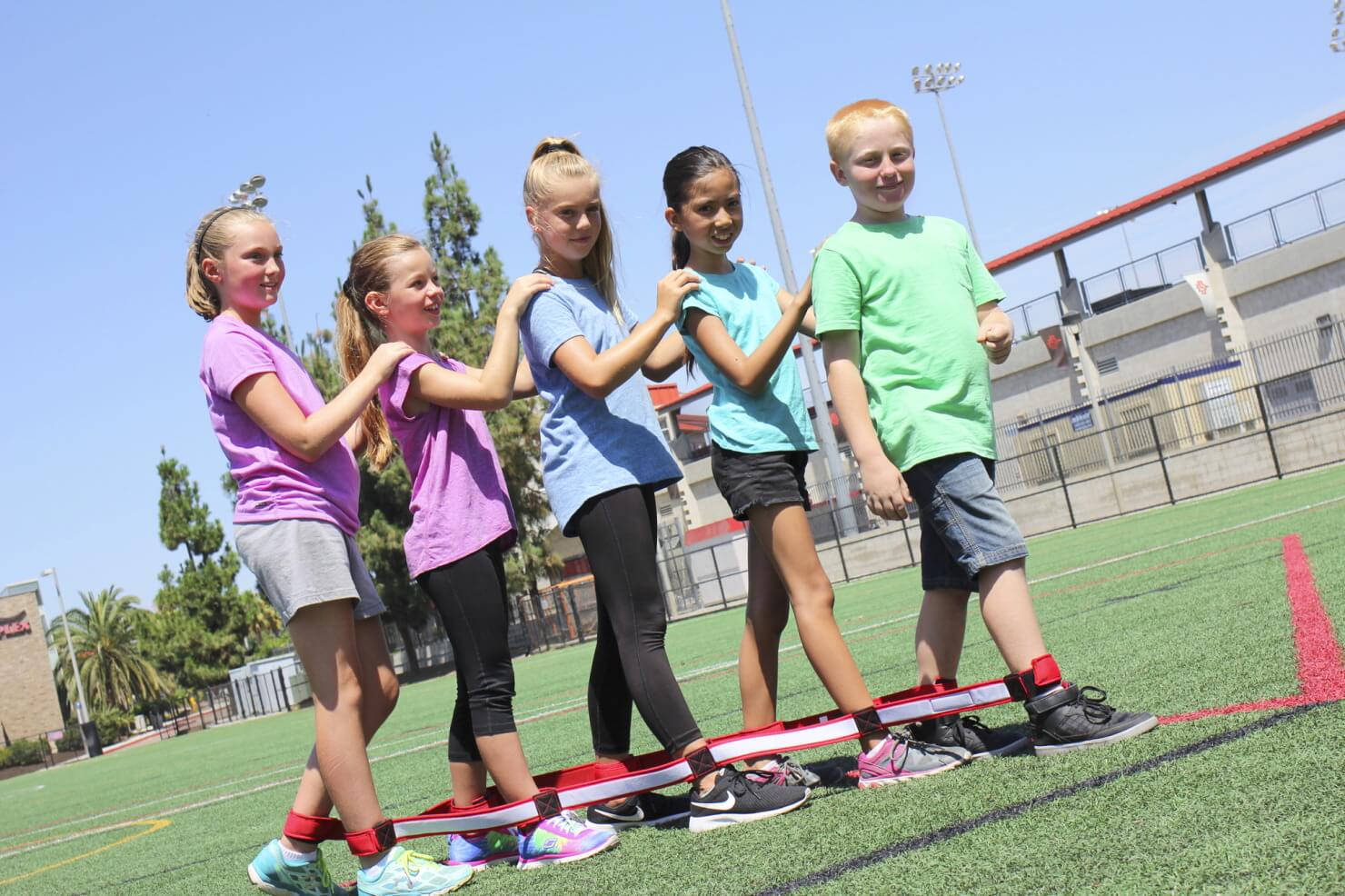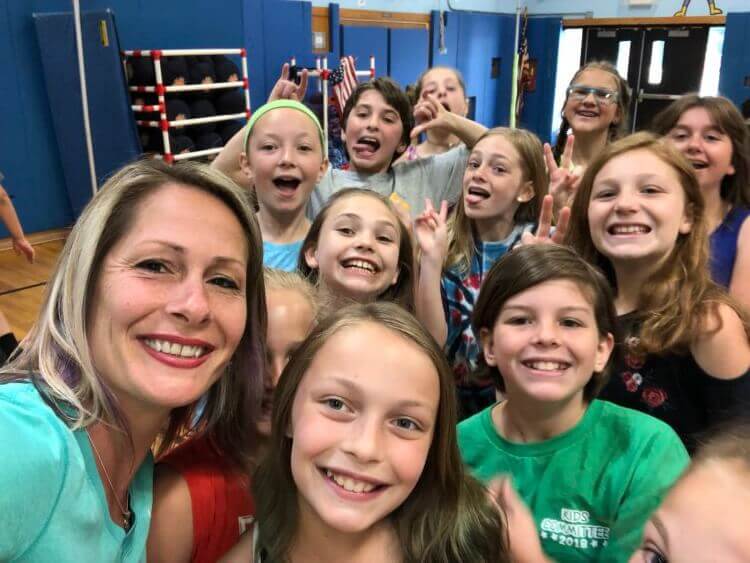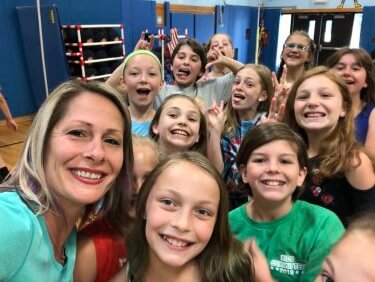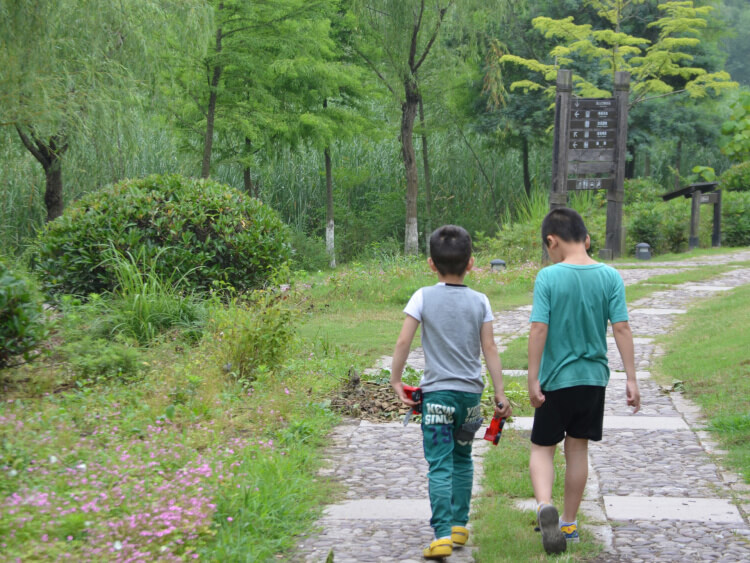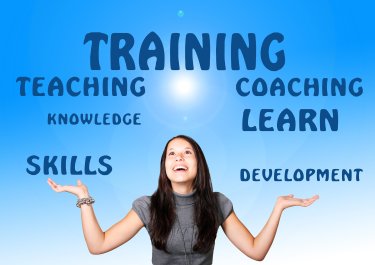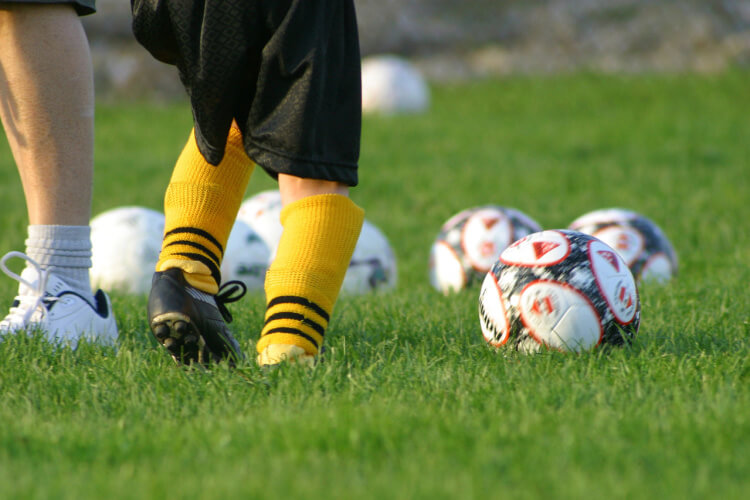Teachers have long had to adapt and change practice often due to the environment or student morale. COVID-19 has presented a unique obstacle forcing teachers to work tirelessly to maintain curriculum rigor while upholding prevention protocols.
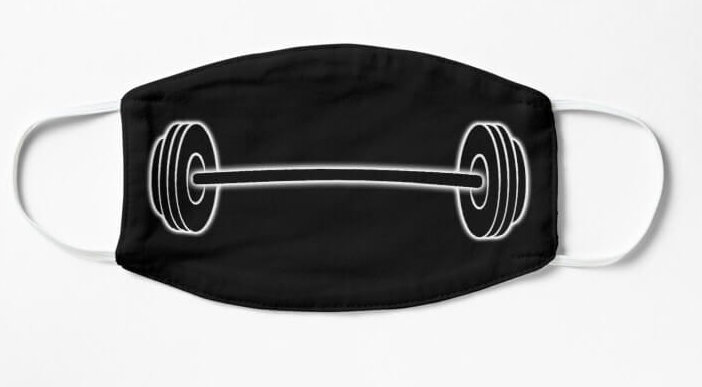
Wearing a mask is a preventative measure that directly impacts both the student and teacher experience on a minute-by-minute basis. While over time this practice has become the “norm,” in many respects wearing a mask during physical activity poses challenges. When engaged in high-intensity exercise while wearing a mask, some may experience hypoxia or a lack of oxygen. As can be ascertained, a lack of oxygen does bode well for workout completion.
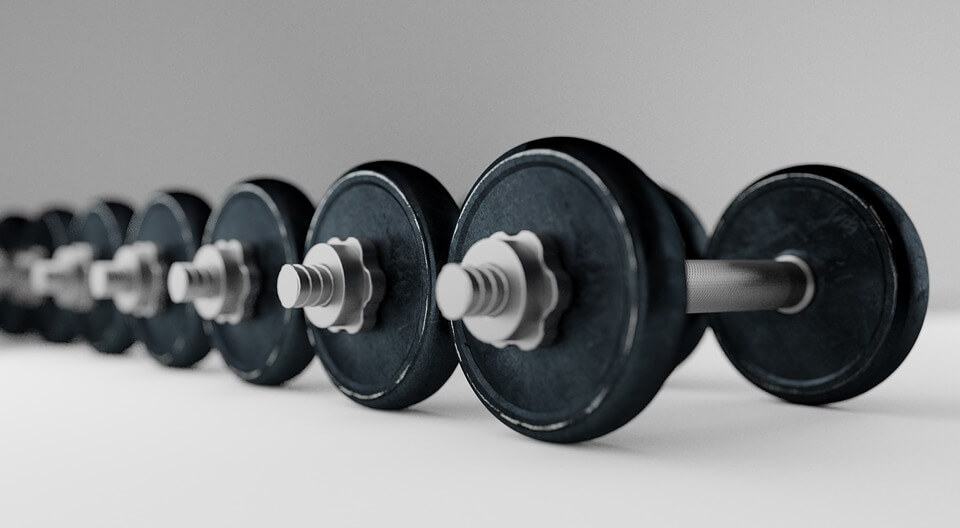
As an instructor of Exercise Science courses at all college levels, one of my favorite courses to teach is called Strength Development. Historically, this course has been a hands-on evaluation and analysis of mechanical movement strategies employed during strength training exercises such as the back squat, front squat, power clean, and push-jerk. Students work in partner groups of similar strength levels, share an Olympic bar, plate weights, and other equipment. They learn how to break each exercise into phases in order to identify inefficient movement strategies, understand how the body works as a kinetic chain, and offer direct coaching cues. As a course that calls for students to be physically active, I knew teaching it in the indoor setting could pose a whole new set of challenges for some students, perhaps more so those who weren’t physically fit.
